Hands-on with Canon’s brand-new EOS R7 and R10 APS-C mirrorless cameras
posted Tuesday, May 24, 2022 at 12:00 AM EDT
Click here to read our
Canon EOS R7 Hands-on Preview • Canon EOS R10 Hands-on Preview
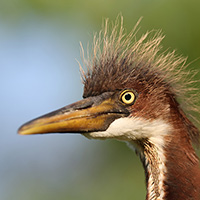
Since Canon announced the EOS R camera and launched its new mirrorless system and RF lens mount, Canon fans have wondered, "Will there be an APS-C RF-mount camera?" Wonder no more, as Canon has announced not one but two new APS-C RF-mount cameras. The Canon EOS R7 and Canon EOS R10 target different users, but both feature new image sensors, DIGIC X processors and an autofocus system borrowed from the Canon EOS R3.
Canon EOS R7: An APS-C camera for more demanding photographers
Let's start with the Canon EOS R7. Of the two new cameras, it's the larger, more expensive and more powerful one. Canon describes it as its "high-end" APS-C camera. While bigger than the EOS R10, the R7 isn't a huge camera. Its dimensions (W x H x D) are 132 x 90.4 x 91.7 millimeters (5.2 x 3.56 x 3.6 inches), which is smaller than the Canon 7D Mark II and EOS 90D DSLRs. The EOS R7 weighs 612 grams (21.59 ounces) with a battery and memory card. The EOS R7 includes dual UHS-II SD card slots, whereas the EOS R10 has a single UHS-II slot.
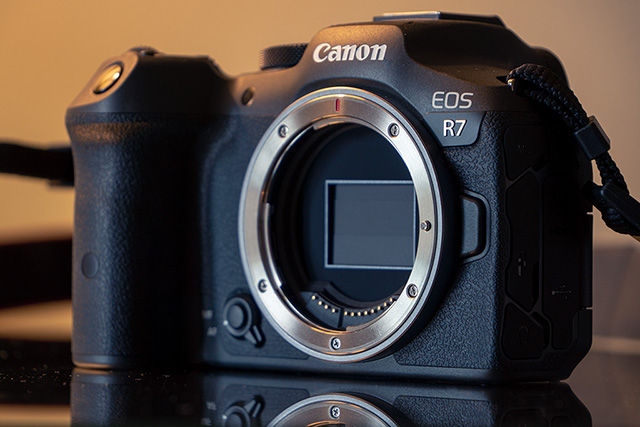
The EOS R7 features a 32.5-megapixel APS CMOS sensor. Despite offering the same resolution as the EOS 90D and EOS M6 Mark II, Canon insists that it's an all-new image sensor and not just an older, recycled one. The image sensor offers a native ISO range of 100-32,000, expanding to 51,200. It's not a backside-illuminated or stacked sensor, but that doesn't mean it doesn't deliver impressive image quality. If you'd like to dig into our real-world images, head to our Canon EOS R7 Gallery.
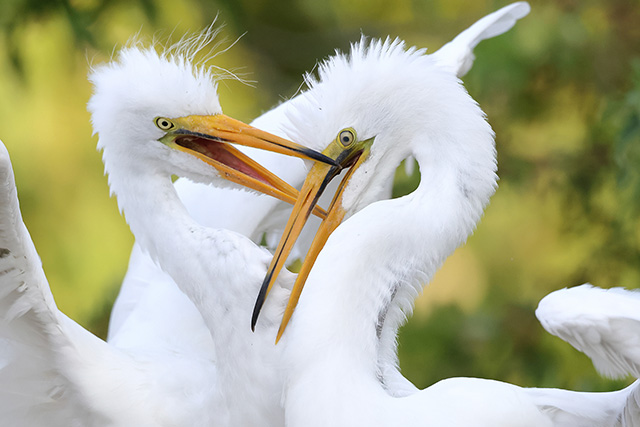
Without a stacked sensor, the EOS R7, which borrows its autofocus system from the flagship EOS R3 camera, cannot deliver the same performance level as its expensive, powerful full-frame counterpart. However, the R7 does include AI subject detection for people, animals and vehicles. The autofocus system works very well in real-world use, accurately detecting and tracking subjects across nearly the entire image area.
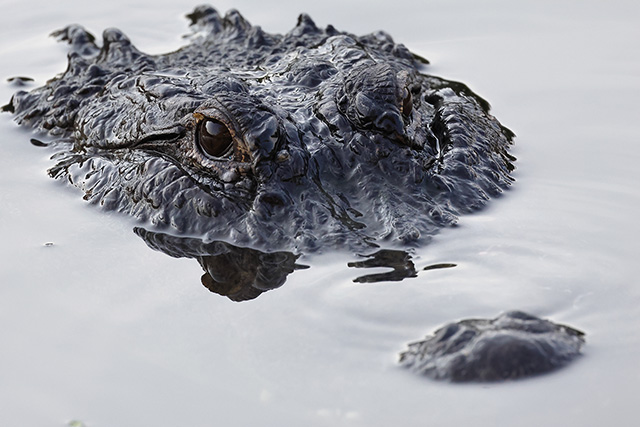
In terms of performance, the EOS R7 shoots at up 15 frames per second using its mechanical shutter and a very fast 30fps with its electronic shutter. But again, without a stacked sensor, the sensor doesn't have fast enough readout speeds to produce images without rolling shutter when using the electronic shutter.
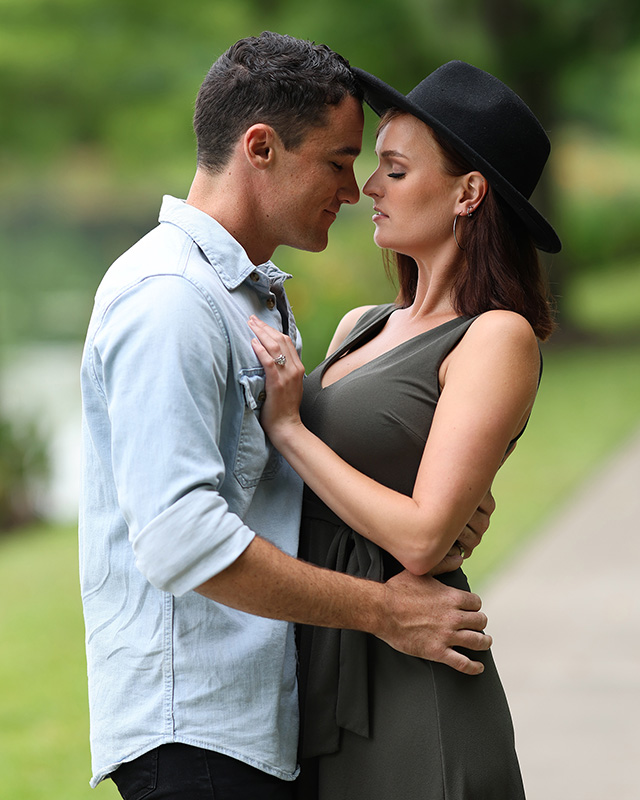
The EOS R7 will be available next month for $1,499 (body only) and $1,899 with the new RF-S 18-150mm F3.5-6.3 IS STM lens (more on the new RF-S lenses shortly). Head over to our Hands-on Preview for many more details on the Canon EOS R7.
Canon EOS R10: A compact, lightweight APS-C camera
In contrast to the EOS R7, which is already a relatively compact and lightweight camera, the EOS R10 is very small. The camera only weighs 429g (15.13 oz.) with a battery and memory card included. Its dimensions (W x H x D) are 122.5 x 87.8 x 91.7mm (4.82 x 3.46 x 3.61"). Despite being small, it feels quite nice in the hands. The R7 has a more robust feel and a larger grip, but the R10 doesn't feel cheap or flimsy.
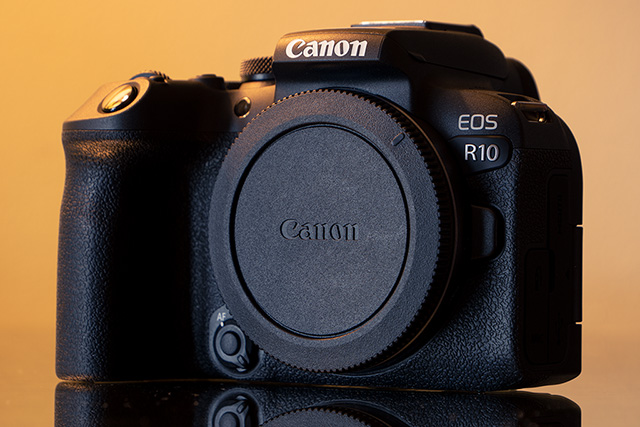
The EOS R10 includes many of the same features as the R7, including the same processor and autofocus system, but uses a different, lower-resolution 24.2-megapixel image sensor. Again, while Canon has made other cameras with 24.2MP APS-C sensors, Canon tells us that the one featured in the R10 is new and not the same as its previous 24.2MP sensors. It's unclear precisely what is different, but the resulting image quality is impressive, especially as you increase the camera's ISO. The ISO range is identical between the R7 and R10 (100-32,000, expandable to 51,200) despite the different resolutions. You can see many real-world images in our Canon EOS R10 Gallery.
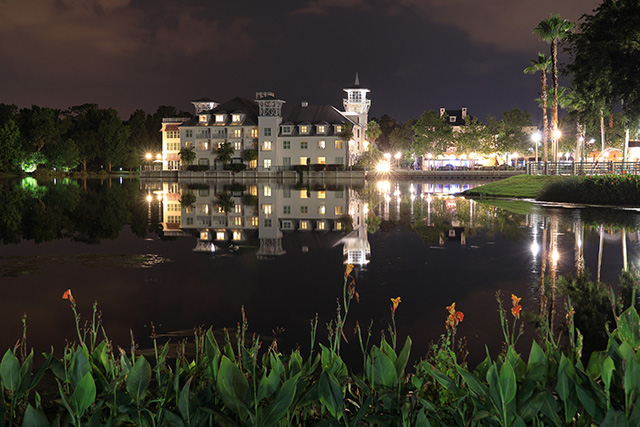
The R10 also tops out at 15 fps when using its mechanical shutter, although the lower-resolution sensor – somewhat surprisingly – tops out at 23 fps when using its electronic shutter. The R10's autofocus, unsurprisingly, is as impressive as the R7's, delivering good performance even when shooting at fast speeds.
Despite offering many of the same performance features as the R7, albeit with a lower-resolution sensor, fewer physical controls, no in-body image stabilization and 4K/30p instead of 4K/60p video, the EOS R10 comes in at an aggressive $979.99 body only price point. In our opinion, it's quite a bit of camera for the price.
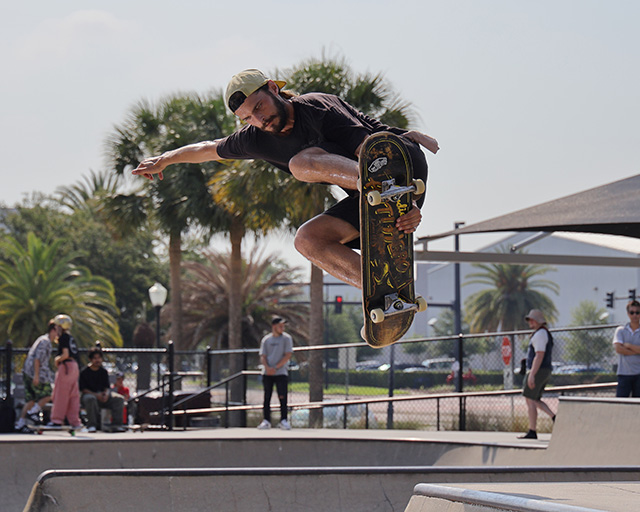
If you're brand-new to the EOS R system, you might want to buy the EOS R10 in a kit. It's available in two kits, one with the new RF-S 18-150mm F3.5-6.3 IS STM lens for $1,379.99 or with the other new RF-S lens, the 18-45mm F4.5-6.3 IS STM lens for $1,099.99. These two new RF-S lenses are the first APS-C lenses for the RF mount. Although we went hands-on with the lenses, they are currently in a pre-production state, so we couldn't put them to the full test.